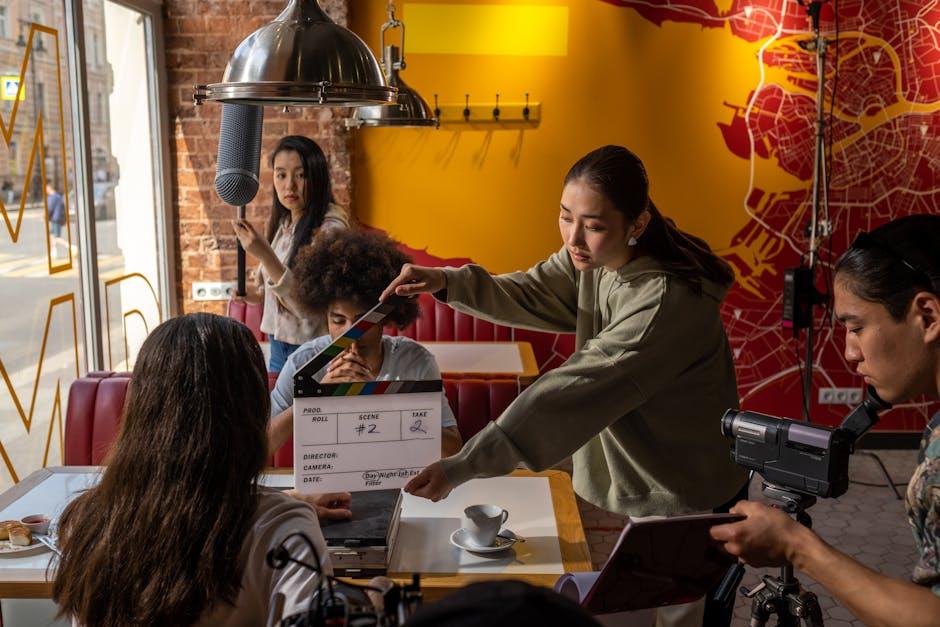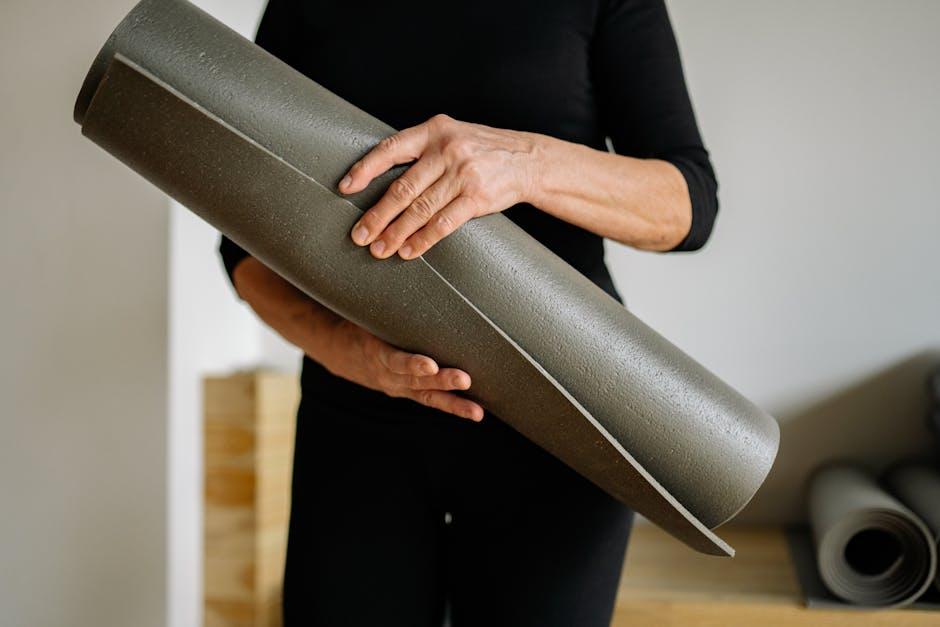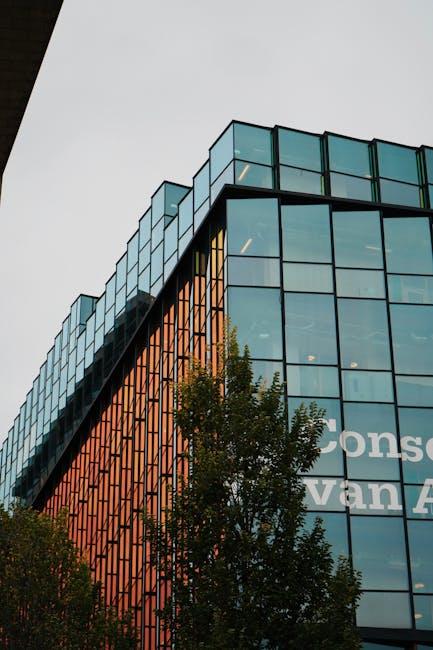In the digital age, where pixels often outshine the tangible, the world of cinema finds itself at a fascinating crossroads. As CGI continues to dazzle audiences with its limitless possibilities, the humble practical prop quietly persists, holding its ground as an essential element of storytelling. “” delves into this enduring art form, exploring how these tactile treasures enhance authenticity, evoke nostalgia, and ground the fantastical in reality. Join us as we uncover the magic behind the material, and discover why, in a world racing towards the virtual, the real still reigns supreme.
Crafting Realism: The Art of Tangible Details
In an era where CGI dominates the cinematic landscape, the tactile presence of practical props continues to play a crucial role in enhancing the authenticity of a film. These tangible elements are not just mere set decorations but vital components that ground the narrative in reality. When a character interacts with a physical object, it invites the audience to experience the world through the character’s senses, making the story more immersive and believable.
Practical props offer several advantages that digital effects often can’t replicate:
- Texture and Detail: Physical objects bring intricate details that are challenging to achieve with CGI.
- Actor Engagement: Props provide actors with something real to interact with, enhancing their performance.
- Viewer Connection: Audiences subconsciously recognize real objects, which helps maintain the illusion of reality.
By crafting a believable environment through tangible details, filmmakers ensure that the magic of storytelling is not lost in the digital shuffle.

Bridging Fantasy and Reality: How Props Enhance Storytelling
In the realm of cinema, the seamless integration of practical props can transport audiences from their seats into the heart of a story. Props act as a bridge, connecting the fantastical with the tangible, offering viewers a tactile sense of the world unfolding on screen. Whether it’s the intricately crafted wand in a wizard’s hand or the weathered spaceship console in a sci-fi epic, these objects provide a layer of authenticity that digital effects alone cannot replicate.
Consider how props contribute to storytelling:
- Character Development: A prop can reveal hidden facets of a character’s personality or history.
- World-Building: Physical items create a more immersive environment, grounding fantastical elements in reality.
- Emotional Resonance: Tangible objects can evoke strong emotions, becoming symbols of love, loss, or hope.
In an era dominated by CGI, the enduring relevance of practical props underscores their unique ability to blend imagination with reality, enriching the cinematic experience.

Mastering the Balance: When to Choose Practical Over CGI
In the evolving landscape of filmmaking, the decision between using practical effects and CGI is pivotal. Practical effects offer a tangible authenticity that CGI often struggles to replicate. This is particularly crucial in scenes where the physical interaction between actors and props enhances the narrative. The tactile presence of practical props can evoke genuine reactions from actors, creating a more immersive experience for the audience.
- Realism: Practical effects can provide a sense of weight and texture that CGI sometimes lacks, grounding the fantastical elements in reality.
- Cost-Effectiveness: In certain scenarios, practical effects can be more budget-friendly, avoiding the high costs associated with extensive CGI.
- Time Efficiency: While CGI requires post-production work, practical effects can be captured in-camera, saving valuable time in the editing suite.
Filmmakers must carefully assess their project’s needs, weighing the unique advantages of practical effects against the limitless possibilities of CGI to achieve the perfect balance.

Essential Techniques: Recommendations for Effective Prop Integration
Integrating props effectively in modern films requires a keen eye for detail and a deep understanding of their potential impact. Directors and set designers should focus on selecting props that not only complement the narrative but also enhance the emotional depth of the scene. Consider the following recommendations to ensure props are seamlessly woven into the storytelling fabric:
- Contextual Relevance: Ensure each prop has a clear purpose and connection to the story, avoiding unnecessary distractions.
- Character Alignment: Choose props that reflect the personalities and arcs of the characters, adding layers to their development.
- Subtle Symbolism: Use props to convey underlying themes or motifs, enriching the viewer’s experience without overt exposition.
- Interactive Dynamics: Allow actors to engage naturally with props, making their interactions feel authentic and spontaneous.
By mindfully integrating these elements, filmmakers can craft scenes that resonate with audiences, proving that the thoughtful use of practical props is not just a tradition but a vital storytelling tool.

